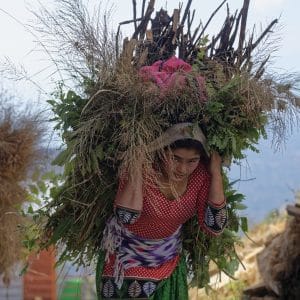Database descriptions, statistical standards (resolutions and guidelines), and guides and manuals – all the metadata to better understand the labour statistics presented on ILOSTAT.

COVID-19: Are there enough health workers?
As the COVID-19 crisis puts pressure on health services across the globe, ILOSTAT data highlights the already existing shortages of health workers.

These occupations are dominated by women
What do girls and boys dream of doing when they grow up? Occupations like firefighter, astronaut, doctor and pilot might top the list, but what’s the reality?

How many women work in STEM?
New data on Science, Technology, Engineering and Mathematics (STEM) occupations reveal the extent to which women are employed in this field across countries.

Gender equality in the workplace remains elusive
ILOSTAT data show that progress is needed in many areas and in every region to achieve gender equality in the labour market.

How do people with disabilities fare in the labour market?
Finding work can be tough for people with disabilities. While the number of people with disabilities in the workforce has been rising in many countries, in part due to changing attitudes and improved legislation, if you have a disability, you’re still more likely to be out of work than a person who doesn’t.

Africa’s employment landscape
Africa’s employment landscape affects almost 500 million workers. Are there any changes in store for them?

Men are dropping out of the workforce – here’s where the numbers are highest
It’s easy to find statistics about how well the labour market is doing, but scratch below the surface and you’ll find a growing number of men dropping out of the workforce.

Tech’s persistent gender gap
Tech’s persistent gender gap is well documented, but it might surprise you to learn that the gulf transcends national wealth and development lines.

Young people are far more likely to be in working poverty
When is a job not enough?

Not in employment, education or training: the reality for many young rural women
If you’re a young woman living in a rural area, you’re more likely to be out of employment and not in education and training.







